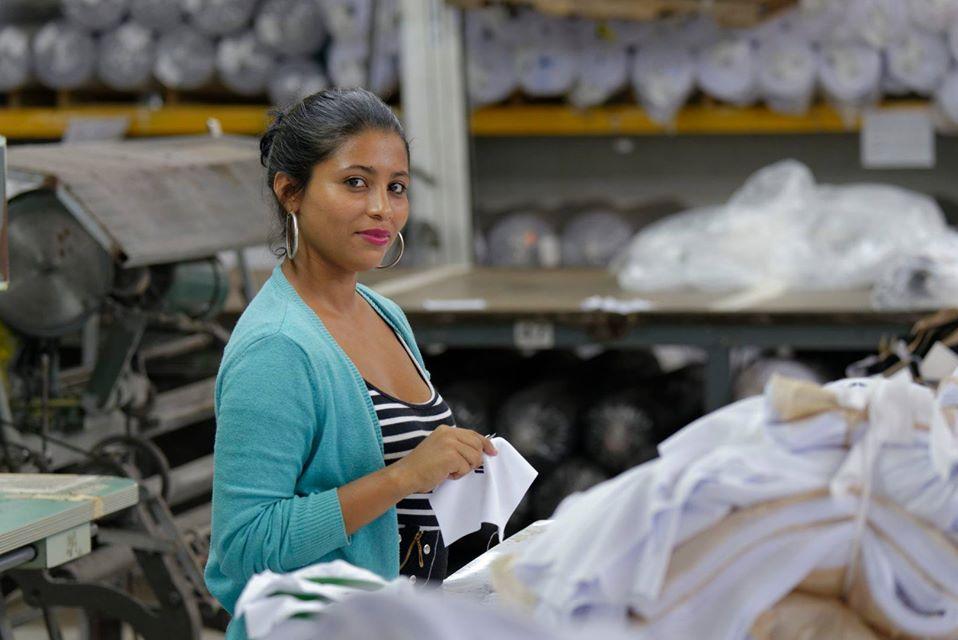
In the corporate social responsibility field, one basic strategy for progress is to amplify and celebrate the accomplishments of companies that establish a leadership role. The basic assumption is that a select group of leaders will inspire and motivate others to follow. Unfortunately, a new report casts doubt on the follow-the-leader model, at least as it applies to progress on human rights.
Human rights and fiduciary responsibility
The new report is a project of the not-for-profit coalition Corporate Human Rights Benchmark, Ltd. It provides a platform for comparing corporate progress on human rights from one year to another.
Launched in 2013, CHRB deploys experts from leading investor and business groups with a stake in human rights reporting, including the Netherlands pension fund manager APG Asset Management (APG), the global asset manager Aviva Investors, the advocacy group Business and Human Rights Resource Center, the United Kingdom-based responsible investment charity EIRIS Foundation, the Institute for Human Rights and Business (IHRB), and the private Nordic bank and asset manager Nordea Wealth Management.
These stakeholders draw a clear connection between human rights and bottom line fiduciary responsibility, declaring that “…without a sound commitment to human rights and implementation through due diligence, jobs can be precarious with poverty wages, indigenous peoples can be dispossessed of their ancestral lands and individuals can be subjected to modern day slavery, amongst a range of other potential impacts.”
CHRB further argues that “preventing adverse impacts on workers, communities and consumers is one of the most pressing challenges almost every company faces in today’s globalized marketplace.”
The failure of the market
CHRB developed its eponymously named Corporate Human Rights Benchmark report on the assumption that market competition has a unique power to drive change. That much is true, at least in some areas. The problem lies in applying the “race-to-the-top” model specifically to human rights.
The 2019 CHRB report covers 200 of the largest companies in four sectors that are considered high-risk for human rights: agricultural products, apparel, extractives, and communications technology and manufacturing.
Within that group are 100 companies that have been ranked for three years. There is still a long way to go, but as a group these companies have made significant progress. They started with a score of 18 percent in 2017 and achieved a score of almost 32 percent in 2019.
Several companies that began at the top in 2017 have continued to improve, including Adidas, Marks & Spencer, Rio Tinto and Unilever. Overall, approximately 75 percent of the 100 companies achieved at least some progress.
The devil is in the details, though. Aside from the 75 percent of the companies that have progressed, many others have continued to underperform.
“It is clear that a significant portion have not ‘taken part in the race;’ remaining static with minimal score changes,” the 2019 report notes, adding that the “low scoring non-movers could be seen as undermining their sectors and free-riding on the overall average improvements.”
In other words, the lagging companies bring down the average score of their entire sector, while also enjoying the general benefit of belonging to a sector that is progressing — thanks to the hard work of other companies, that is.
More signs of weakness in the race-to-the-top model
The new report finds another cause for concern. Another 100 new companies were ranked in 2019, but their starting scores indicate that they learned nothing from the original group.
Collectively, the 100 new companies only achieved an average score of 17 percent in 2019. That was not even equal to the average of 18 percent recorded for the first group of 100 in 2017.
CHRB does note that some companies have expressed interest in human rights bench marking even though they were not included in the 2019 report, indicating that the project has extended some influence outside of its immediate sphere. That, combined with the progress demonstrated by the ranked corporate leaders on human rights, makes a good case for continuing the benchmarking effort.
However, it is also clear that public benchmarking does not create the kind of competitive market pressure that can move entire sectors.
“In aggregate, the 200 companies are painting a distressing picture; most companies are scoring poorly and the UN Guiding Principles on Business and Human Rights (UNGPs) are clearly not being implemented,” CHRB explains.
“That one quarter of companies score less than 10 percent and a full half of companies fail to meet any of the five basic criteria for human rights due diligence should alarm governments and investors,” CHRB adds.
Human rights are not optional
The basic problem underscored by CHRB is that human rights are still treated as an option by both the business community and policy makers.
In effect, the 2019 report makes the case for more aggressive government action, or “more robust interventions” as CHRB calls it.
In the meantime, CHRB is not letting up. It has pledged to carry forth its benchmarking efforts into the next decade. To that end, it is merging with the World Benchmarking Alliance and will add automobile manufacturing to its sector rankings.
Editor's note: 3BL Media realizes many organizations have not budgeted for communicating their response to COVID-19. 3BL believes it’s important to help these purpose-driven organizations share how they're working to keep their customers, employees and communities safe. Organizations with press releases that fall into this category should feel free to submit them to COVID19@3blmedia.com for distribution over the CSRwire network at no charge.
Image credit: ILO/Facebook

Tina writes frequently for TriplePundit and other websites, with a focus on military, government and corporate sustainability, clean tech research and emerging energy technologies. She is a former Deputy Director of Public Affairs of the New York City Department of Environmental Protection, and author of books and articles on recycling and other conservation themes.














